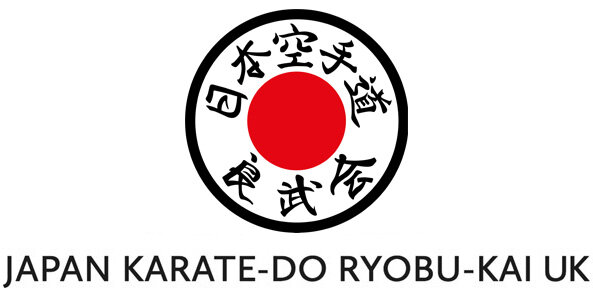Shinken Taira Sensei (1897–1970)
He was born as Shinken Maezato (前里 信賢, Maezato Shinken) in 1897 on Kume island in the Ryūkyū archipelago. He was the second son in a family of three boys and one girl. He was given up for adoption as a child (not an uncommon practice in old Japan). In his early life he took on his mother's maiden name of Taira. Taira worked in the sulphur mines in Minamijima. He suffered a badly broken leg when he was trapped in a mine shaft collapse, which caused permanent damage to his leg.
In 1922, after traveling to Tokyo to find work, he was introduced to Gichin Funakoshi Sensei.
Many claim, Taira Sensei became Funakoshi Sensei’s Kobujutsu teacher, this is unlikely as Taira Sensei didn’t start Ryūkyū kobujutsu formally under Moden Yabiku Sensei until 1929. Funakoshi Sensei was already well versed in the Bo and the Sai and may have encouraged Taira Sensei in his studies.
In 1932 after studying kobujutsu for three years and karate for 10 years, he received permission from his masters to open his own dojo. Taira began to teach karate and kobujutsu in the hot spring resort town of Ikaho, Gunma Prefecture. In 1934, Taira became a student (deshi) of Kenwa Mabuni Sensei.
The kobujutsu of the Ryobukai is directly attributed to this lineage. Konishi Soke studied with Taira Sensei and taught students on his behalf. He encouraged and taught both Ryusho Sakagami Sensei and Inoue Motokatsu Sensei. Both would become senior figures in the evolution of kobujutsu on mainland Japan. In fact, Inoue Motokatsu Sensei would inherit Taira Sensei’s direct lineage and become the head of the Ryūkyū Kobudo Hozon Shinkokai in mainland Japan while in Okinawa this role would be headed by Eisuke Akamine Sensei.
Ryusho Sakagami Sensei would produce one of kobujutsu most famous students the popular and talented Fumio Demura Sensei.
Taira Sensei created the nunchaku kata taught in Ryukyu kobudo Taira no Nunchaku which is still taught by the JKRUK.
Taira Sensei is credited with composing Maezato no Tekko, a kata using metal horse stirrups. The name Maezato relates to his birth name. He continued his studies in kobudo cataloguing over forty traditional weapons kata from around Okinawa.
By 1940 Taira Sensei opened a kobudo dojo in Naha, Okinawa. He also opened dojo in Kantō and Kansai, two major districts of central Japan. In the post-war era, even in Okinawa, the number of kobudo students was much lower than the number of karate students. To revitalize Okinawan kobudo study, in 1955 he established the Ryūkyū Kobudo Hozon Shinkokai as a continuation of Moden Yabiku's Ryukyu Kobujutsu Society.
Taira Sensei was in 1960 Shihan for the Nihon Kobudo Kenkyujo and in 1963 vice-President of the International Karate Kobudo Federation. On July 1, 1964, he was promoted to Hanshi by the Japan Kobudo Federation. He was the first president of the Ryukyu Kobudo Preservation and Promotion Society(July 1970).

